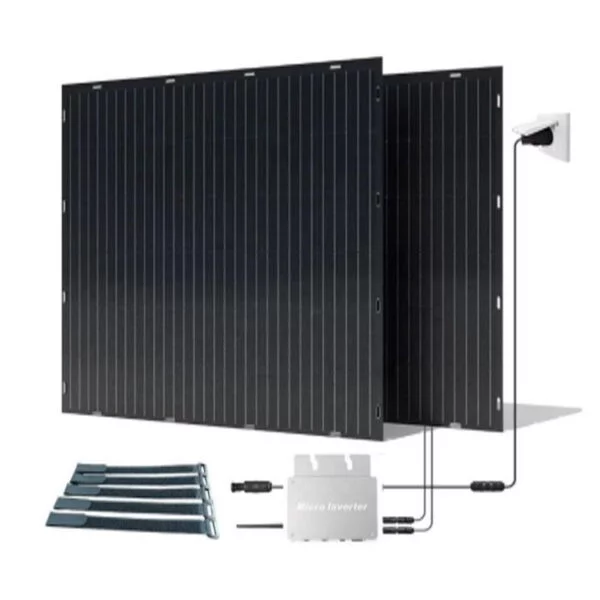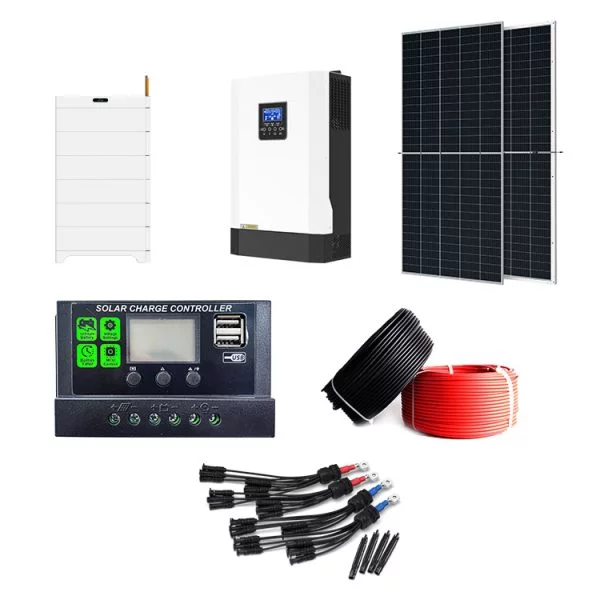HOT PRODUCT
Product Details
Monocrystalline Solar Panels: Frequently Asked Questions And Insights
Monocrystalline Solar Panels: Frequently Asked Questions And Insights
Solar energy has emerged as a clean and renewable source of power, revolutionizing the way we generate electricity. Among the various types of solar panels available in the market, monocrystalline solar panels have gained considerable popularity. These panels offer high efficiency, excellent durability, and aesthetic appeal.
To help you better understand monocrystalline solar panels, we have compiled a list of frequently asked questions along with insightful answers.
1. What are monocrystalline solar panels?
Monocrystalline solar panels are made from a single crystal structure, typically silicon. The production process involves growing a cylindrical ingot by slicing a single crystal boule. These panels appear black with a uniform look and are easily identifiable by their rounded edges and even coloration.
2. How efficient are monocrystalline solar panels?
Monocrystalline panels are known for their high efficiency levels. They typically have an efficiency rating between 15% and 20%. The single-crystal structure allows for better electron flow, resulting in increased electricity production.
3. Are monocrystalline solar panels more expensive?
Yes, monocrystalline solar panels tend to be more expensive than other types. The production process involved in creating single-crystal structures is demanding, requiring higher purity levels and specialized manufacturing techniques. However, the higher initial cost is often offset by the increased efficiency and long-term savings on electricity bills.
4. Do monocrystalline solar panels perform well in low-light conditions?
Compared to other solar panel technologies, monocrystalline panels are more efficient in low-light conditions. Their ability to convert sunlight into electricity is not as affected by overcast skies or partial shading. This makes them a suitable option for locations with variable weather patterns or buildings where shading may occur.
5. How do monocrystalline solar panels fare in high-temperature environments?
Monocrystalline solar panels generally perform better in high-temperature environments compared to their counterparts. Their single-crystal structure allows for improved heat tolerance, resulting in less efficiency drop-off. However, it is worth noting that all solar panels experience some degree of efficiency reduction in hot conditions.

6. How long do monocrystalline solar panels last?
Monocrystalline solar panels are known for their durability and longevity. With proper maintenance, they can last for more than 25 years. Most manufacturers offer warranties ranging from 25 to 30 years, ensuring that your investment is protected.

7. Are monocrystalline solar panels aesthetically pleasing?
Due to their uniform black color and rounded edges, monocrystalline solar panels are considered aesthetically pleasing. Many homeowners and businesses prefer the sleek appearance of these panels, making them well-suited for residential installations.
8. Can monocrystalline solar panels be used in off-grid systems?
Yes, monocrystalline solar panels can be used in off-grid systems to generate electricity in remote areas without access to the utility grid. Coupled with energy storage solutions such as batteries, these panels can provide a reliable and sustainable power source.
In conclusion, monocrystalline solar panels offer high efficiency, durability, and an appealing aesthetic. Although they are more expensive than other types of solar panels, their superior performance in low-light and high-temperature conditions make them a preferred choice for many. With their long lifespan and ability to blend into various architectural styles, monocrystalline solar panels continue to be a popular option for both residential and commercial installations.
Remember to consult with a professional solar installer to determine the best solar panel type and system size that suits your specific needs and location. As solar technology advances, monocrystalline solar panels are likely to become even more efficient and affordable, contributing further to the clean energy transition.




